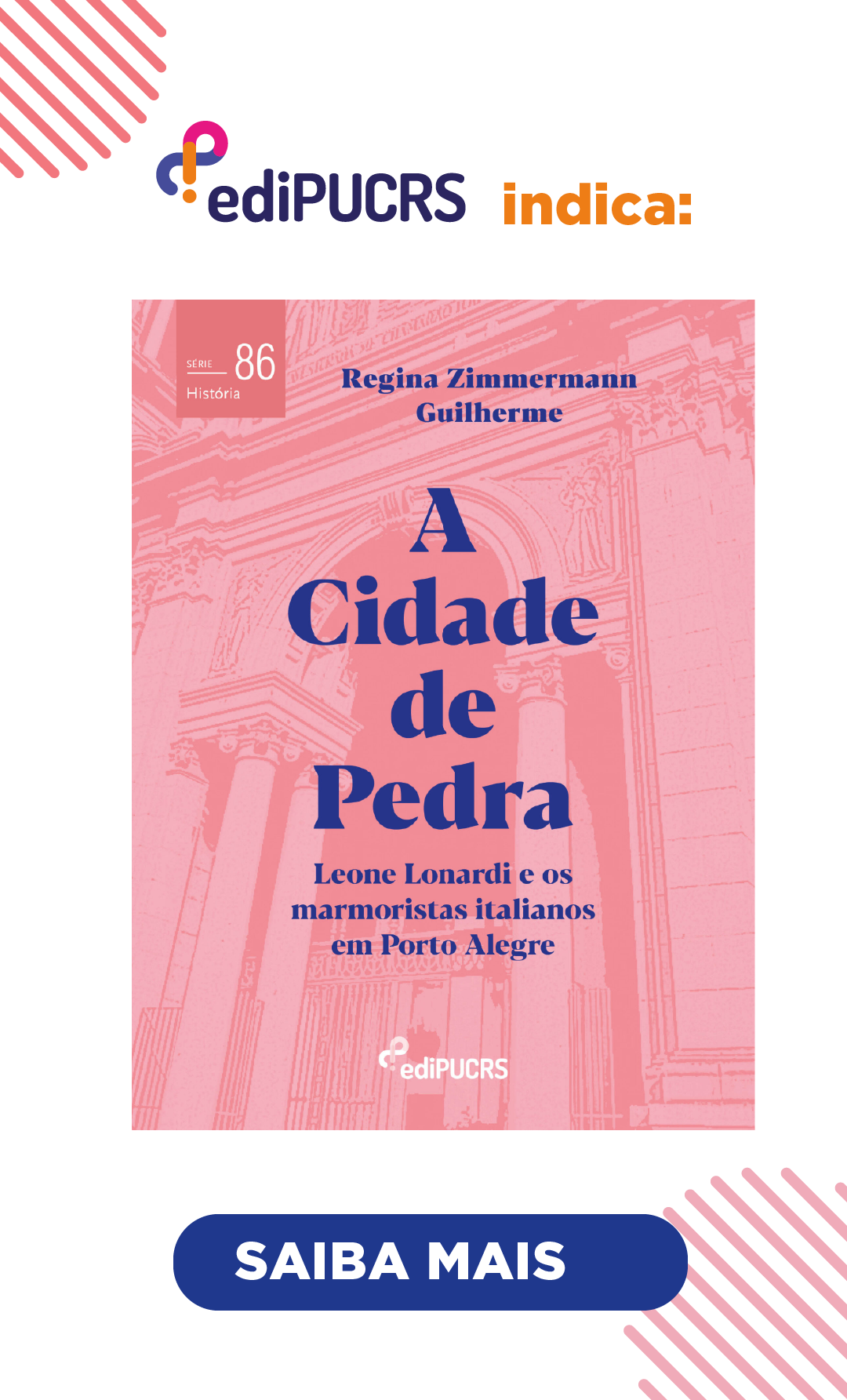Casa Michoacán de Los Guindos
Um genótipo nerudiano para a herança cultural e política do Chile
DOI:
https://doi.org/10.15448/1980-864X.2024.1.46043Keywords:
Pablo Neruda, lifestyle, houses, configuration, space syntax.Abstract
To talk about Pablo Neruda is also to reflect on his spaces of poetic and political expression, especially his houses. One of them, in particular, is little remembered, as it is not on the tourist route of the Chilean capital: the Michoacán de los Guindos house. Neruda lived in this house when he was elected Senator of the Republic by the Communist Party of Chile and when he officially changed his name from Ricardo Eliecer Neftali Basoalto to Pablo Neruda; it was from this house that Neruda began his flight into exile through the Andes. With Isla Negra, Michoacán de los Guindos was the poet’s first house in Chile and home to the political and cultural effervescence of the 1940s and 1950s. Like the poet’s other houses, Michoacán underwent a profound remodeling process. This article seeks to contribute to the analysis of this residence from a different angle than the usual ones, favouring the study of morphology. By rescuing and analysing the process of transformation of the dwelling through additions over the years, the aim is to identify what a Nerudian construction is from the point of view of spatial configuration. The methodological tool used is Space Syntax, and the results indicate a Nerudian genotype.
Downloads
References
AGUIAR, Douglas Vieira de. Alma espacial. Arquitextos, São Paulo, ano 02, n. 022.07, (n.p.), mar. 2002. Disponível em: https://vitruvius.com.br/revistas/read/arquitextos/02.022/804. Acesso em: 02 fev 2013.
ALDRIGUE, Maryá de Sousa. Aparência da forma e forma do espaço: análise da configuração espacial de residências unifamiliares dos anos 1970 em João Pessoa/PB. (Dissertação de Mestrado em Arquitetura e Urbanismo). Universidade Federal do Rio Grande do Norte. Natal, p. 262. 2012.
BALMES, José. Entrevista. Caderno Atividade Cultural. Jornal El Mercurio, Santiago do Chile, (n.p), março,1999.
BOIZARD, Ricardo. Pátios Interiores. Santiago: Editora Nascimento, 1948.
CALDERON, Pilar; FOLCH, Marc. Neruda-Rodríguez Arias: Cases per a un poeta. Catalunya: Collegi d’Arquitectes de Catalunya, 2004.
CARALT, David. Exílio e Arquitetura no Chile. In: MARTÍN FRECHILLA, João José; SAMBRICIO, Carlos (Orgs.). Arquitetura Espanhola do Exílio. Madri: Lampreave, 2014.
FRANÇA, Franciney Carreiro de. A indisciplina que muda a arquitetura: a dinâmica do espaço doméstico no Distrito Federal. (Tese de Doutorado na Faculdade de Arquitetura e Urbanismo). Universidade de Brasília (UnB). Brasília, 366. 2008.
FRANÇA, Franciney Carreiro de; Greene, Margarita. ‘Neruda in construction: The case of Isla Negra´. Proceedings of the 09th International Space Syntax Symposium. Seoul, Correia do Sul: Sejong University, 2013, p. 020.1-020.17.
FRANÇA, Franciney Carreiro de; Greene, Margarita; Holanda, Frederico de. ´Neruda in construction: An analysis of his Chilean houses´. Proceedings of the 10th International Space Syntax Symposium. London, Inglaterra: UCL, 2015, p. 5.1-5.14.
FRANÇA, Franciney Carreiro de; Holanda, Frederico de. ´Arquitetura e Poesia: construções do universo material de Neruda´. Anais do 1º. Simpósio Brasileiro de Sintaxe Espacial. Brasília. Brasil: UnB, 2022.
FUNDAÇÃO MANOS ABIERTAS PARA EL DESSAROLLO. Casa Museu Michoacán de los Guindos: Primeira residência de Pablo Neruda e Delia del Carril La Reina. 2010. Disponível em: https://fundacionmanosabiertasparaeldesarrollo.files.wordpress.com/2011/12/memoria-
fundacion-manos-abiertas-para-el-desarrollo-2010.pdf. Acesso em: 27 jan. 2015.
GONZÁLEZ DE CANALES, Curro. Natureza na arquitetura doméstica de Pablo Neruda. Arquitextos, São Paulo, ano 07, n. 080.03, (n.p.). jan. 2007. Disponível em: https://vitruvius.com.br/revistas/read/arquitextos/07.080/278.Acesso em: 03 fev. 2015
Greene, Margarita; Mora, Rodrigo. Dimensiones espaciales de la seguridad residencial: flujos de movimiento y campos visuales. Revista Invi, Santiago, v. 23, n. 64, p. 143-166, nov. 2008.
HANSON, Juliana. Decodificação de Casas e Casas. Cambridge: Cambridge University Press, 1998.HILLIER, Bill; HANSON, Julienne. A Lógica Social do Espaço. Cambridge: Cambridge University Press, 1984.
REYES, Bernardo. Viagem à Poesia de Neruda: Residências, Ruas e Cidades Esquecidas. Santiago: Ril Editores, 2004.
SÁEZ, Fernando. La Hormiga: bibliografía de Delia Del Carril mujer de Pablo Neruda. Santiago: Catalunha, 2004.
SÁEZ, Fernando. Tres casas y muchas cosas: el otro legado de Pablo Neruda. In: Suanzes, Asunción Cardona (Org.). Casas museo: museología y gestión. Ministerio de Educación, Cultura y Deporte. Museo Nacional del Romanticismo. Madri, 2013. págs. 308-318.
TEITELBOIM, Volodya. Neruda. Santiago: Editorial Sul-Americana Chilena, 1996.
VETANCOURT LEON, Monique Beatrice. El patrimonio arquitectónico como suma de valores y fuente de identidad. Estudio de un caso: La obra construida de Pablo Neruda y su “poética del habitar”. Propuesta de red de casas y lugares como patrimonio conjunto. (Tese de doutorado Departamento de Historia, Teoría y Composición Arquitectónicas/Centro de Arquitectura). Universidade de Sevilla. 501. 2017.
VIDAL, Virgínia. Hormiga pinta caballos: Delia del Carril y su mundo (1885-1989). Santiago: Ril Editores, 2006.
Downloads
Published
How to Cite
Issue
Section
License
Copyright (c) 2024 Franciney Carreiro de França

This work is licensed under a Creative Commons Attribution 4.0 International License.
Copyright
The submission of originals to Estudos Ibero-Americanos implies the transfer by the authors of the right for publication. Authors retain copyright and grant the journal right of first publication. If the authors wish to include the same data into another publication, they must cite Estudos Ibero-Americanos as the site of original publication.
Creative Commons License
Except where otherwise specified, material published in this journal is licensed under a Creative Commons Attribution 4.0 International license, which allows unrestricted use, distribution and reproduction in any medium, provided the original publication is correctly cited.





